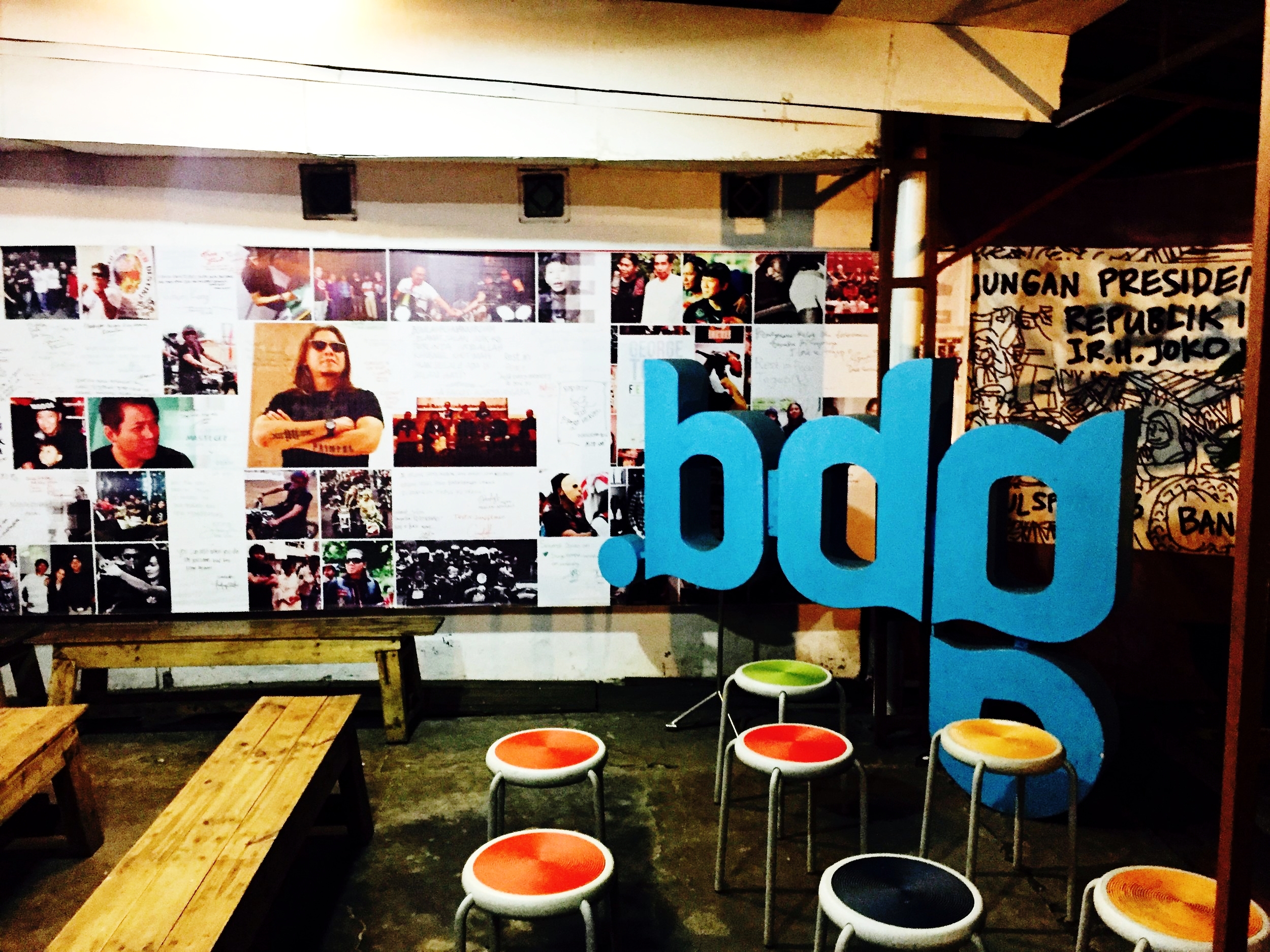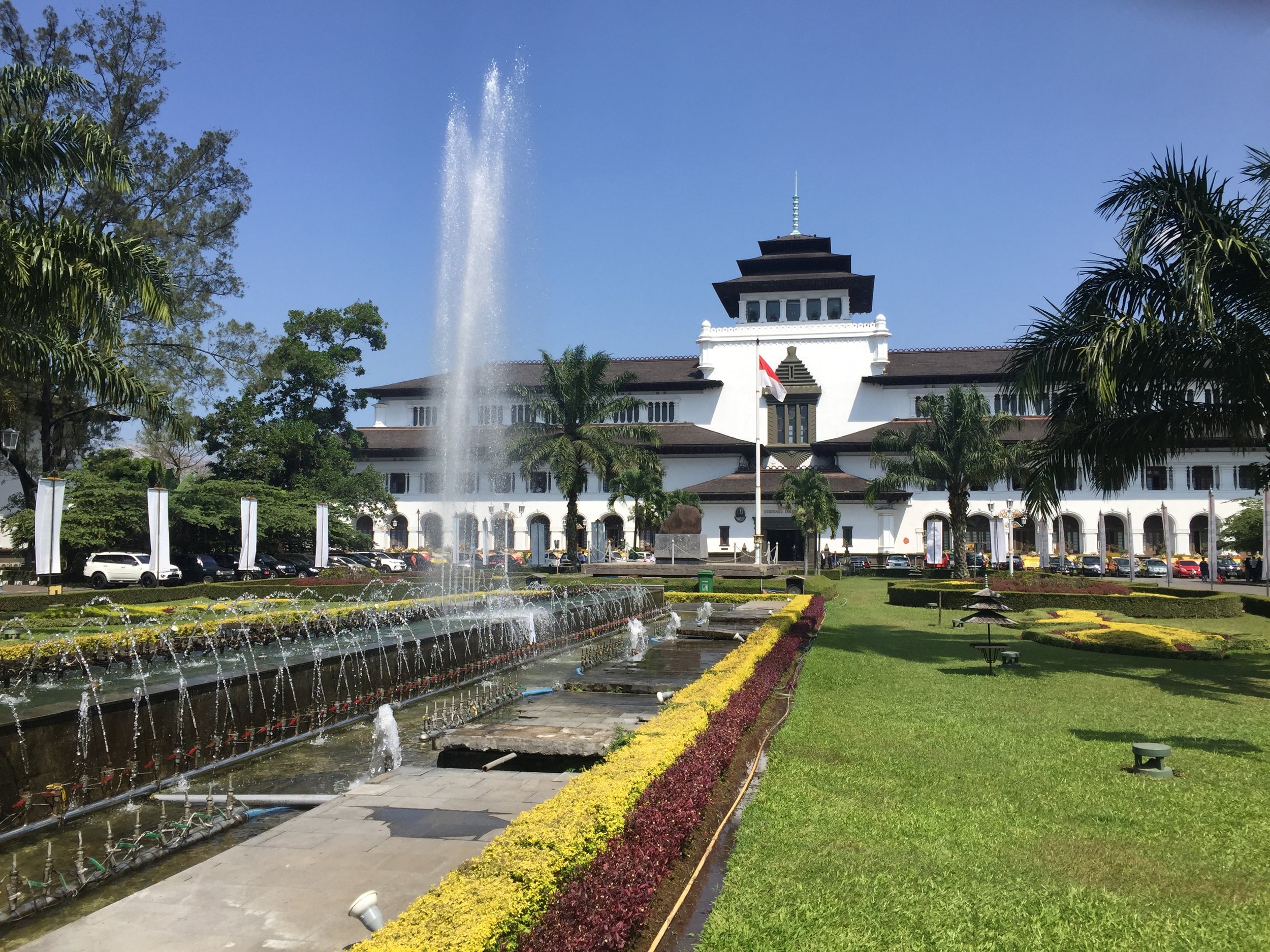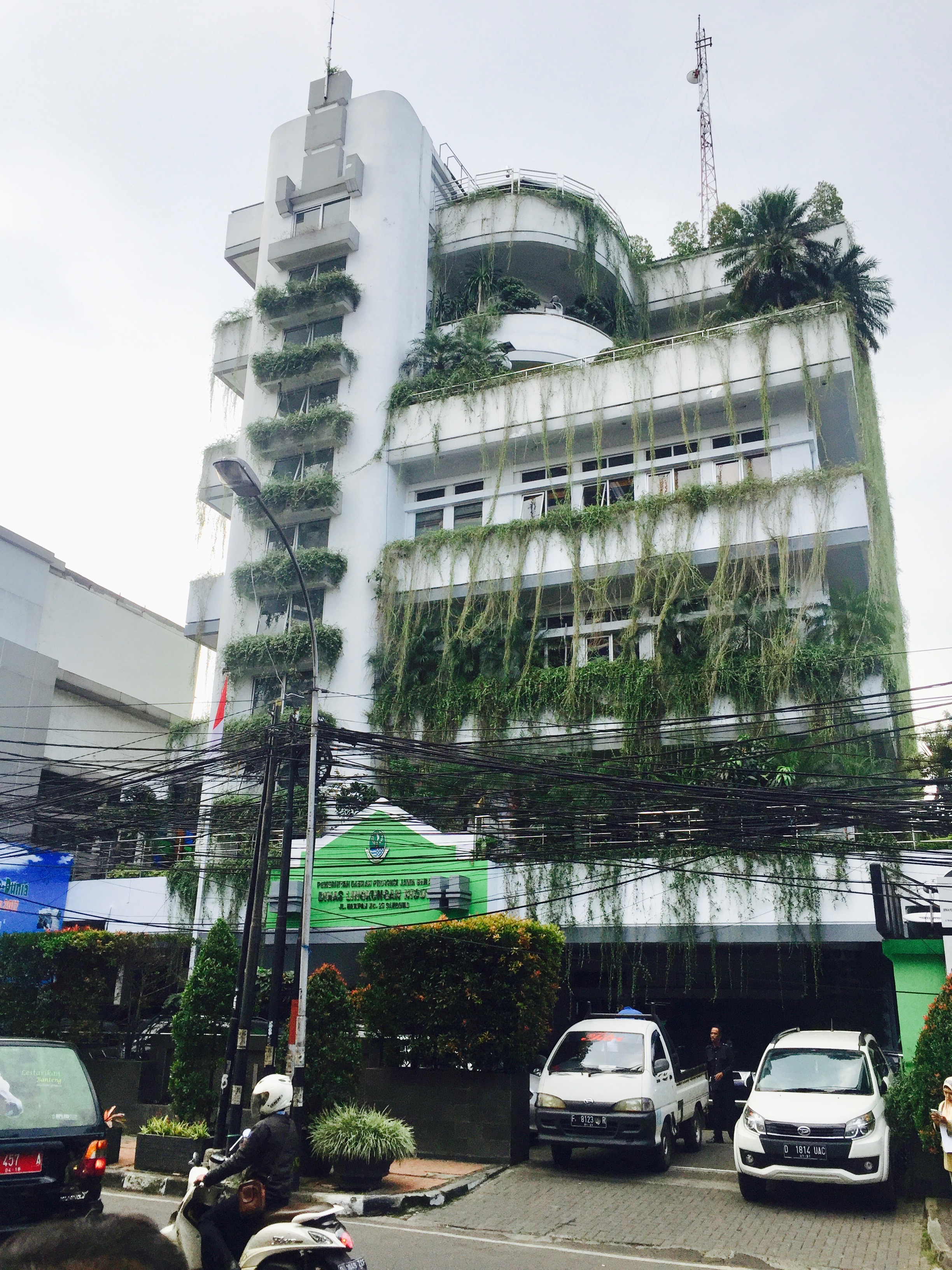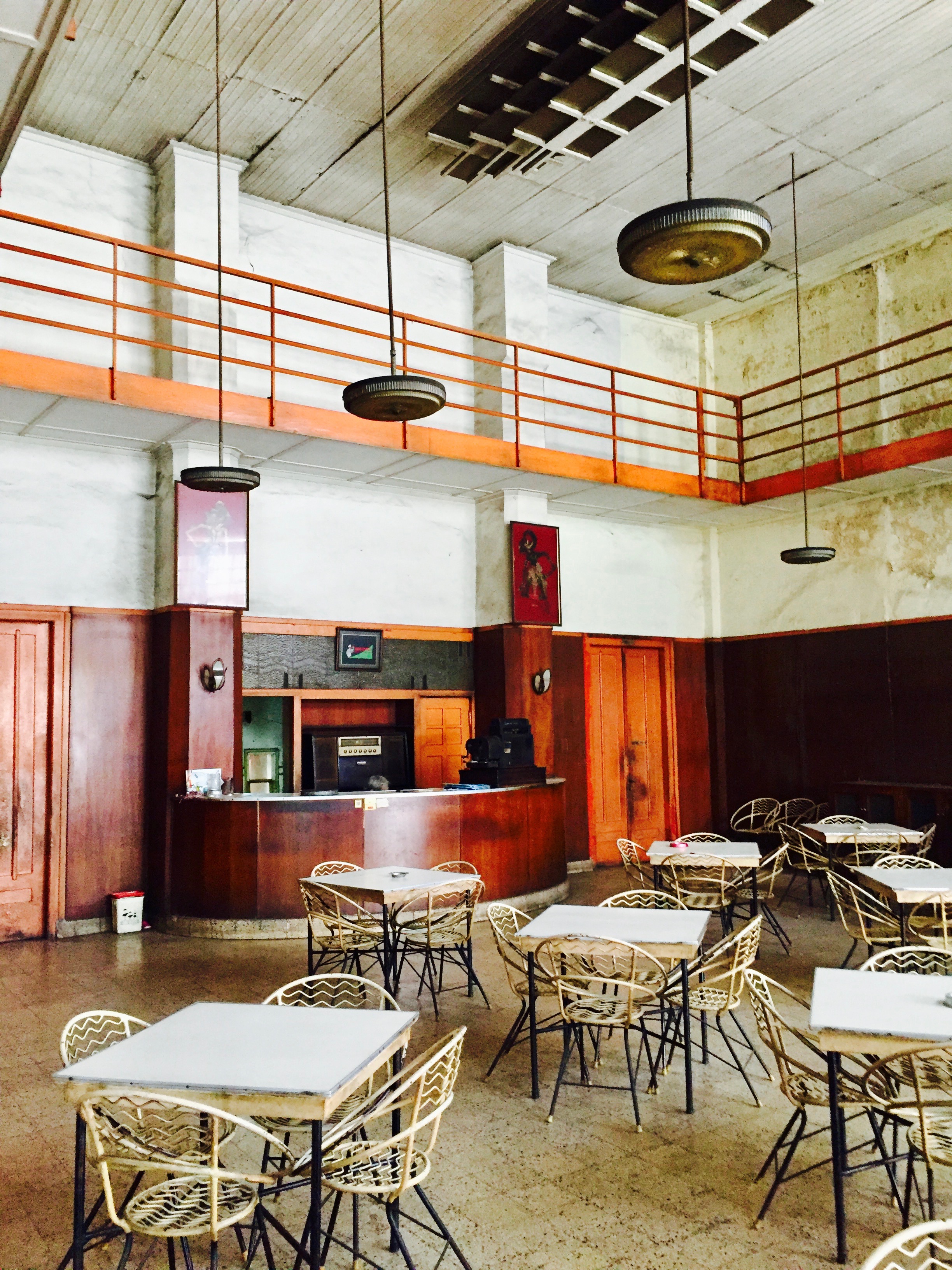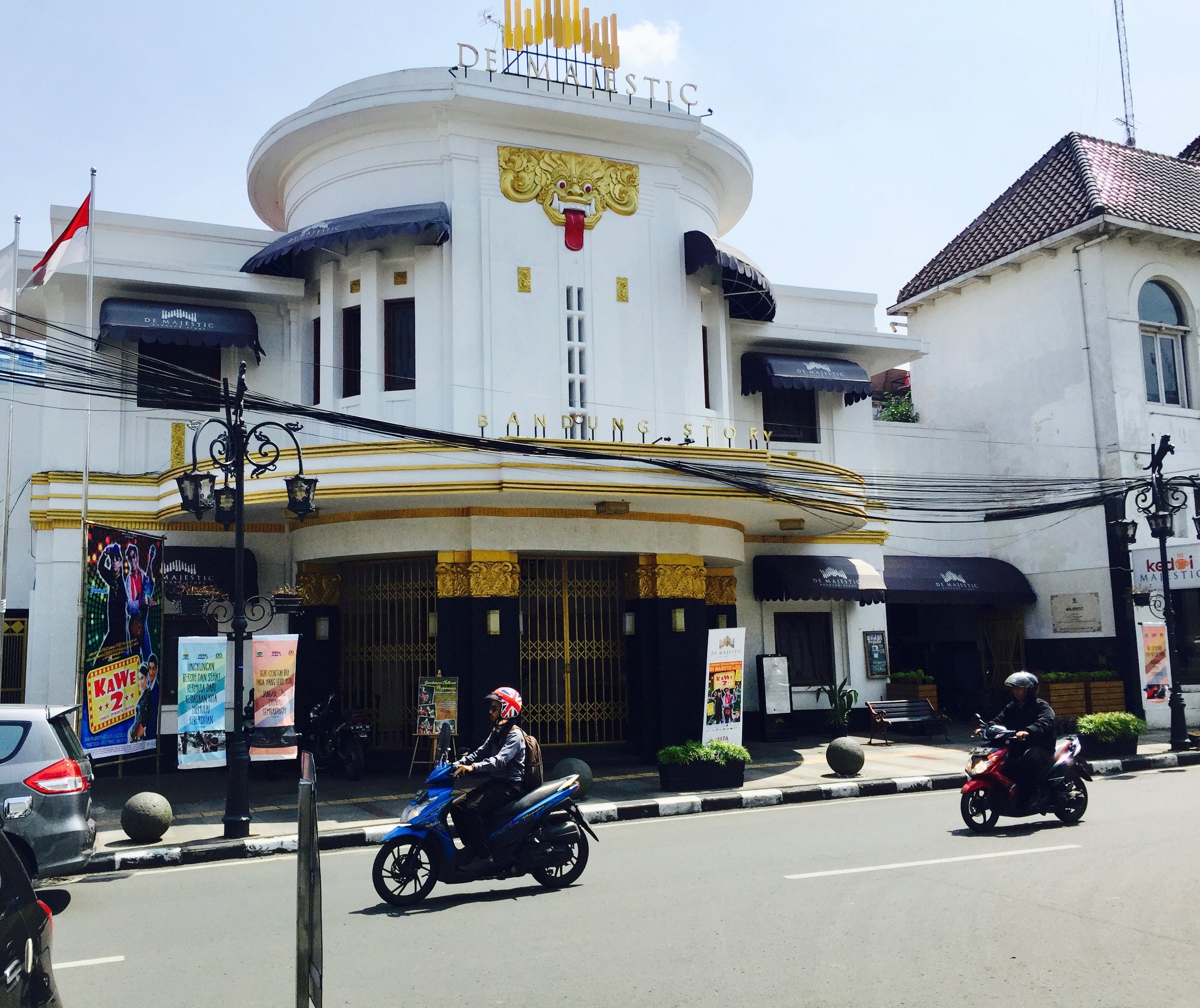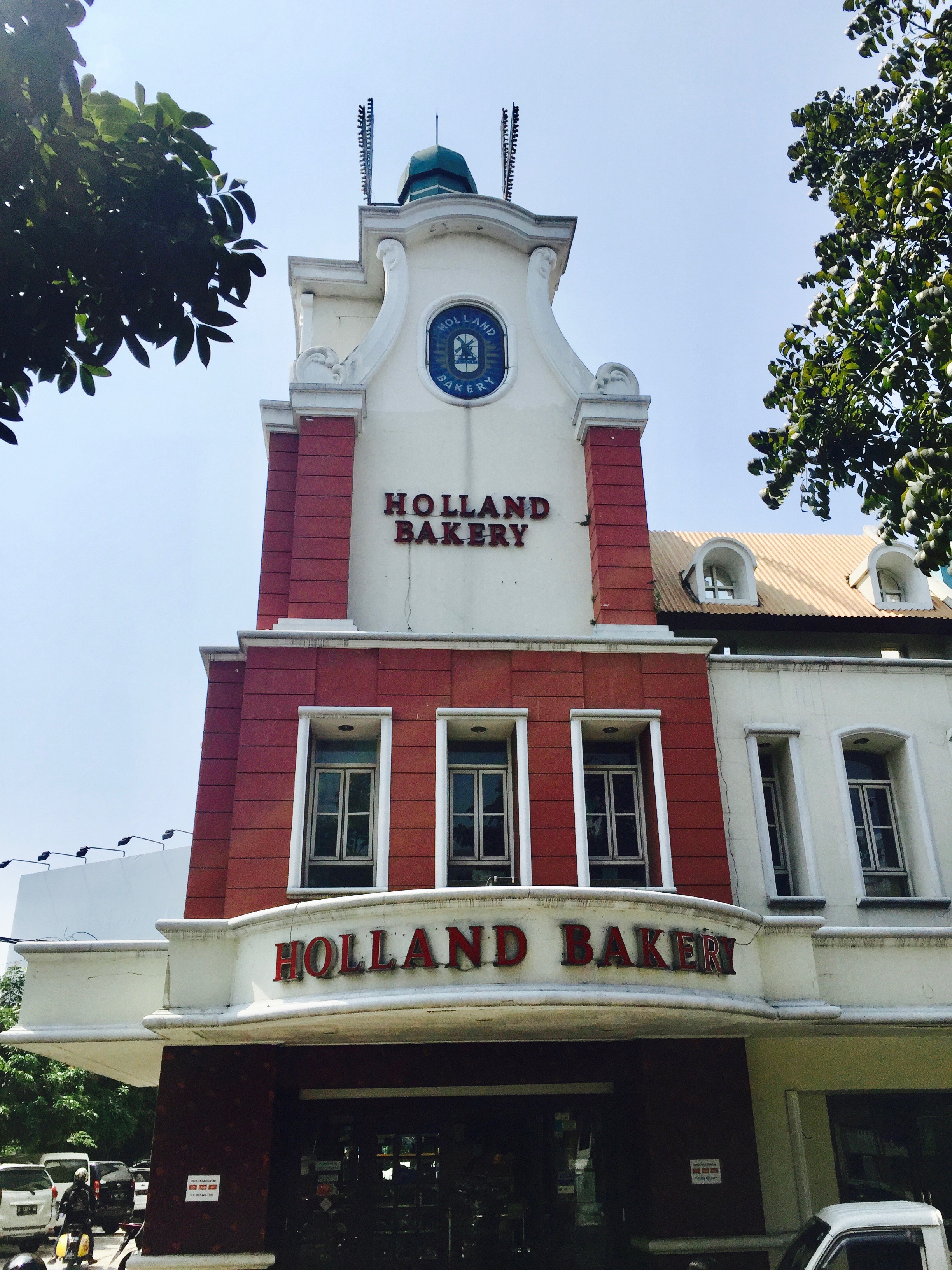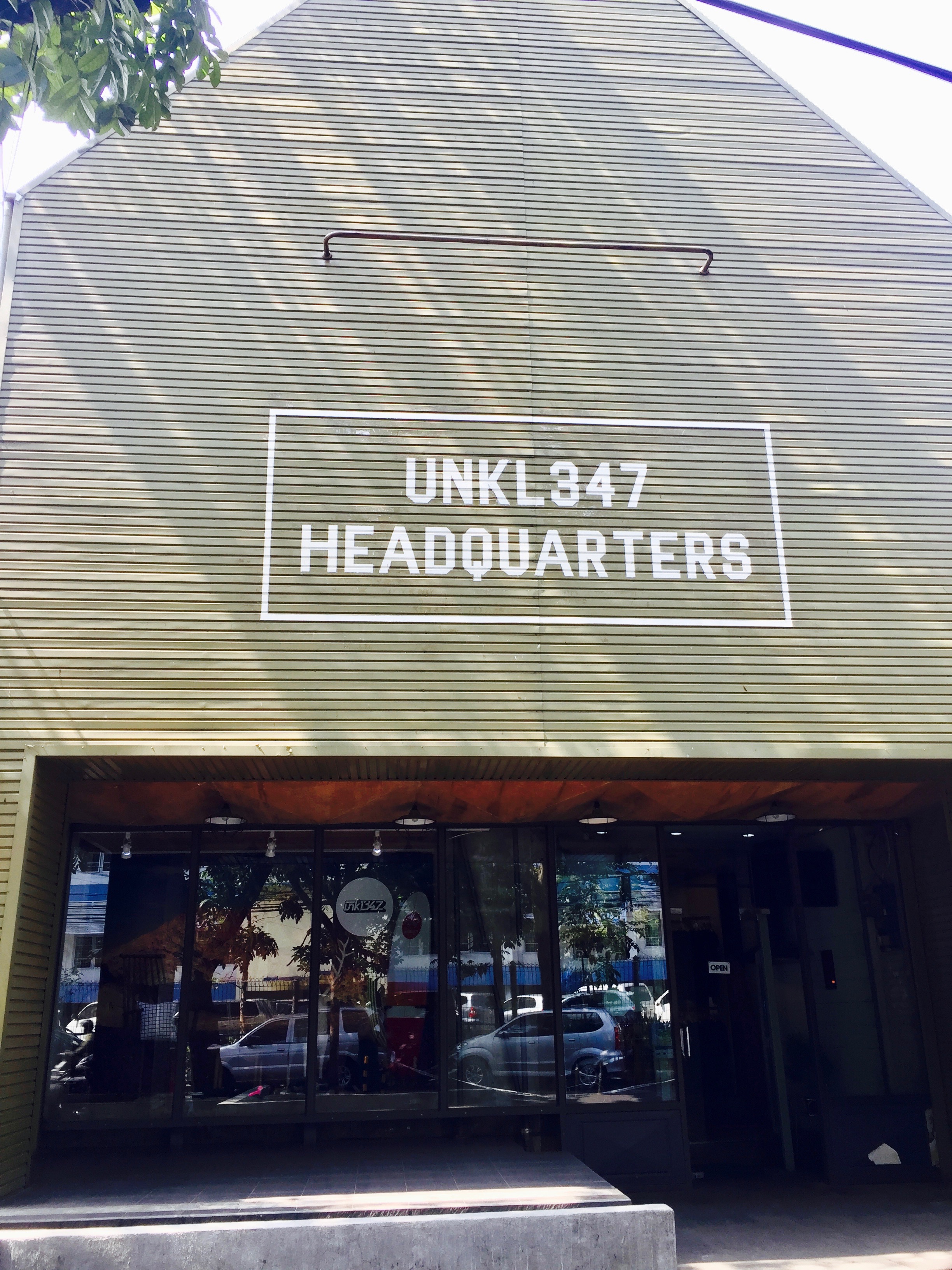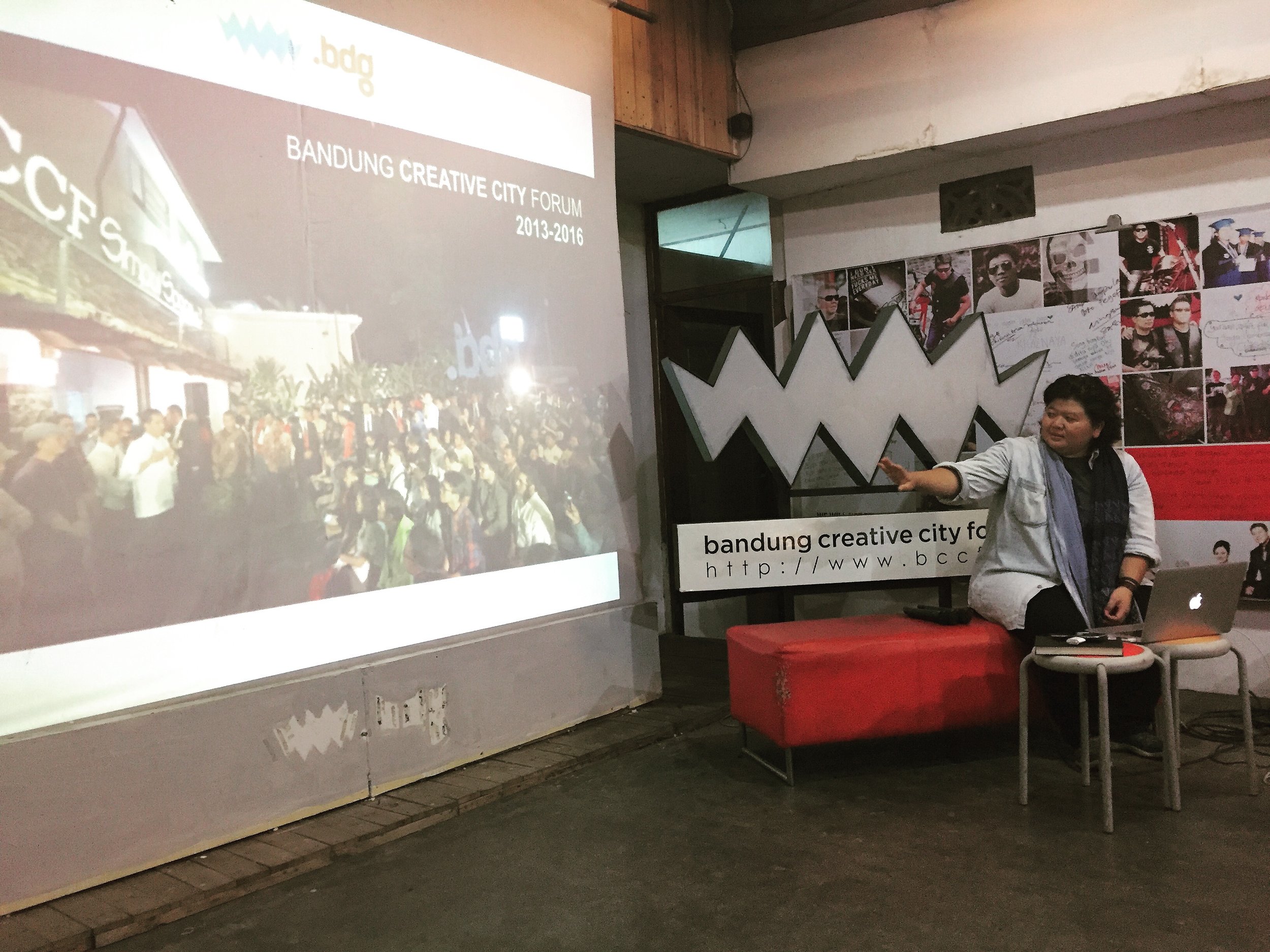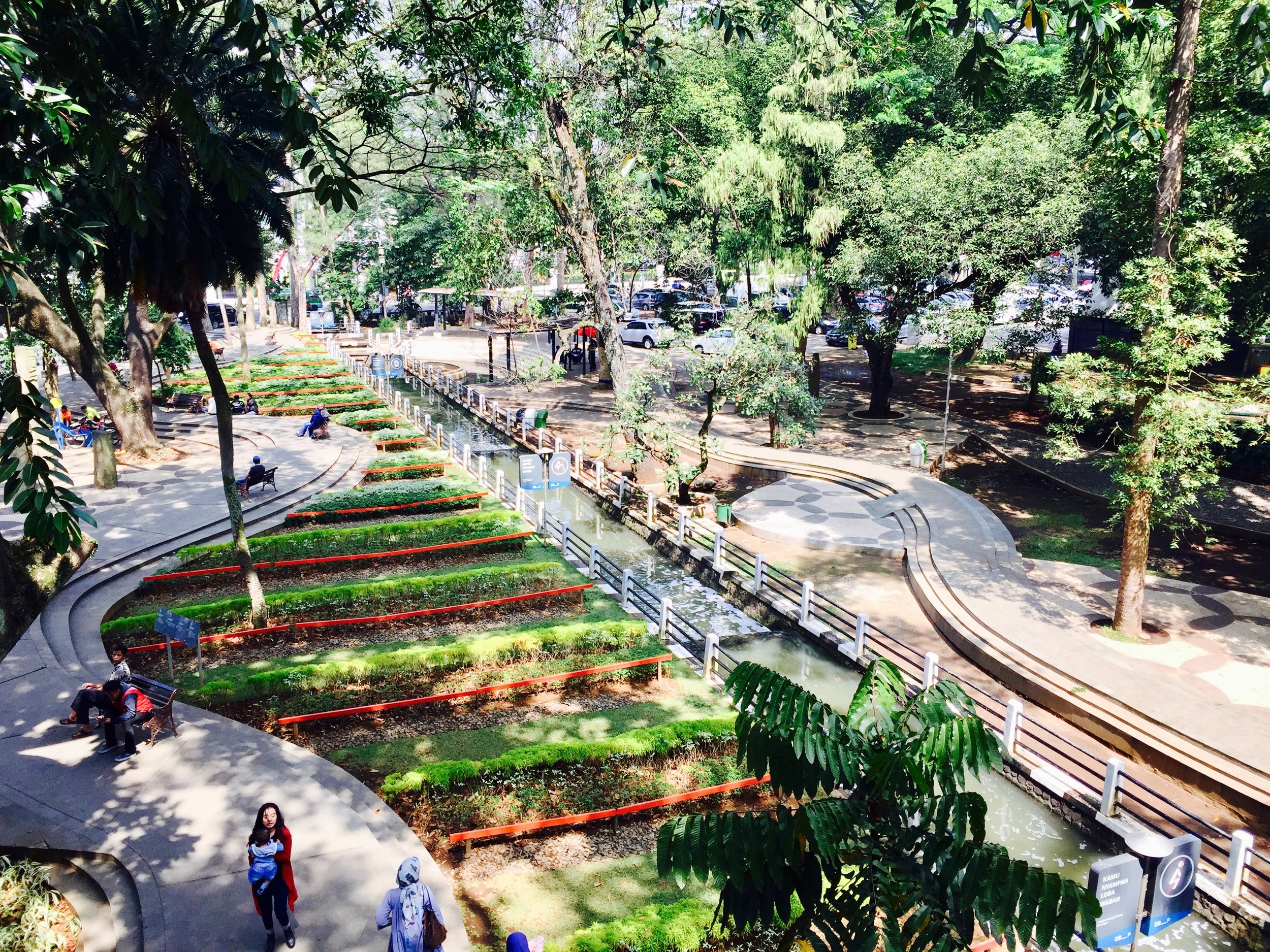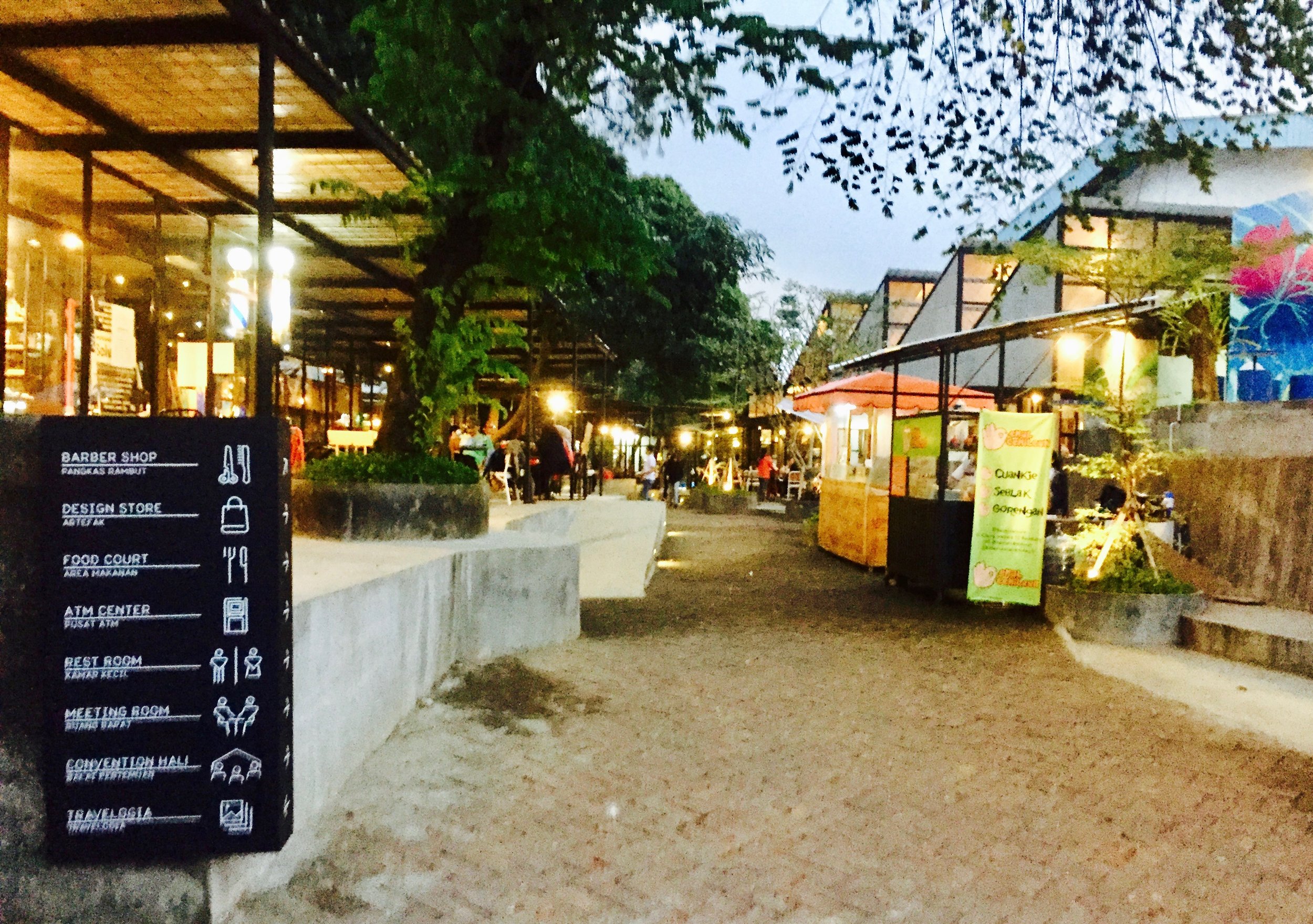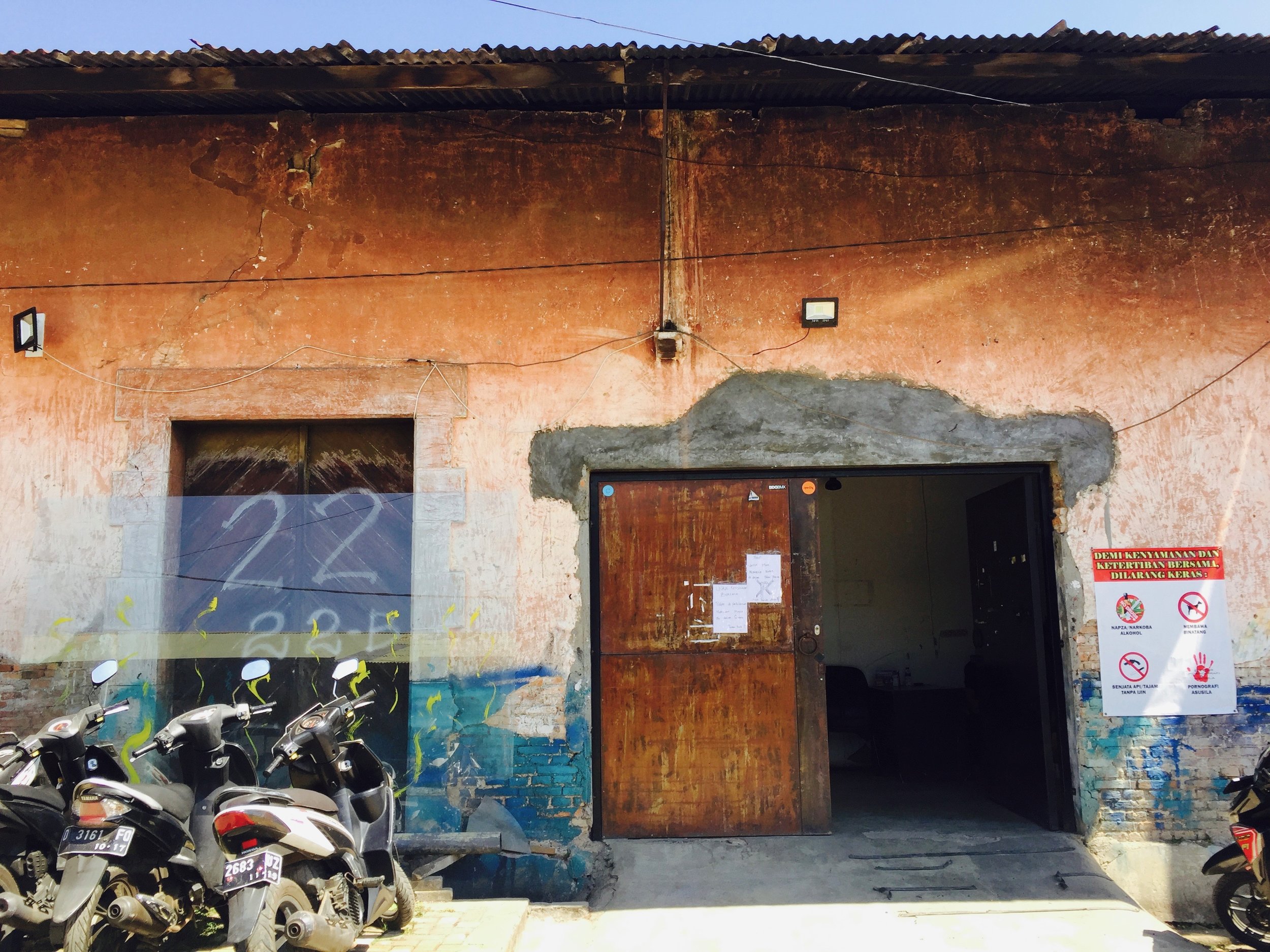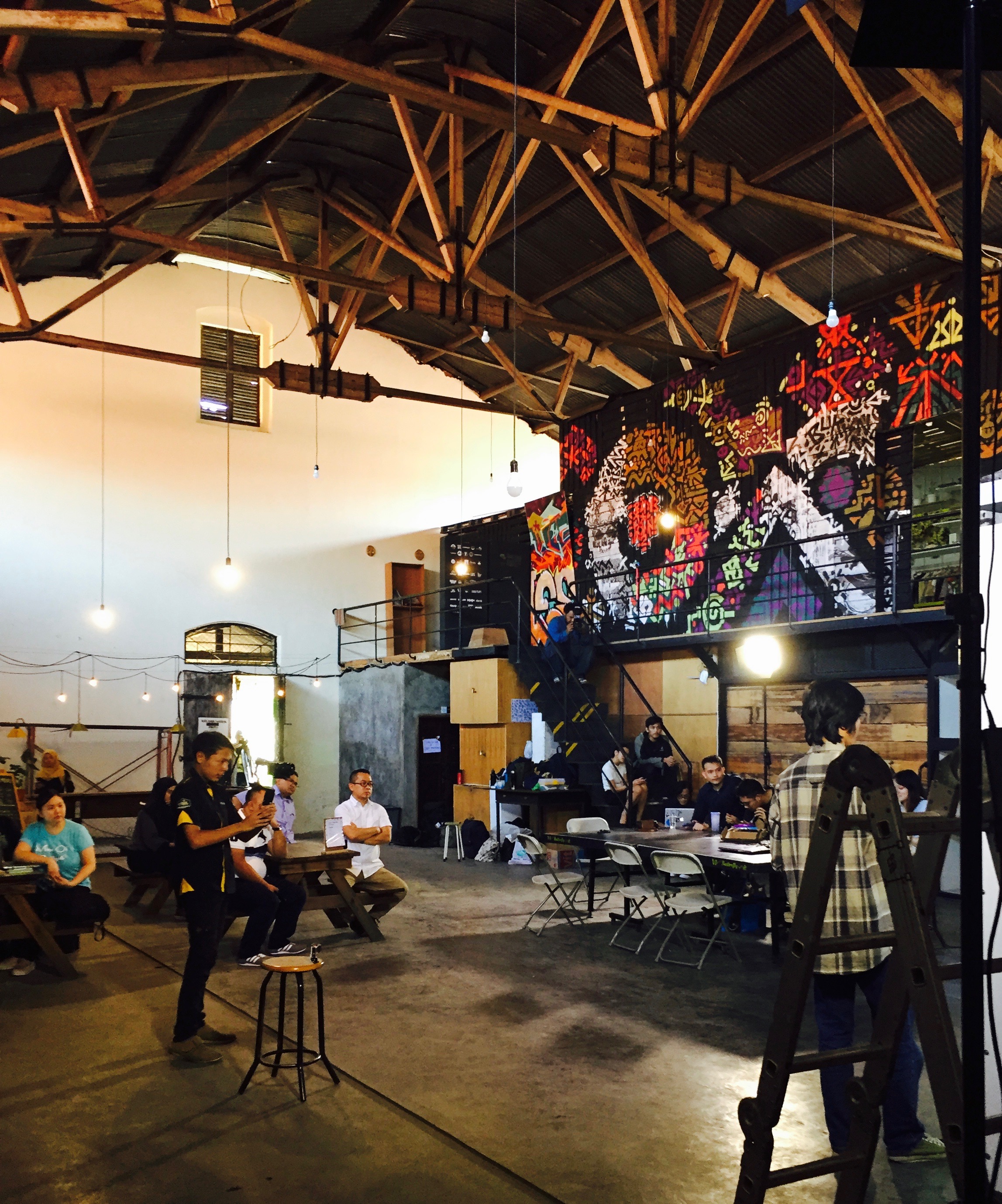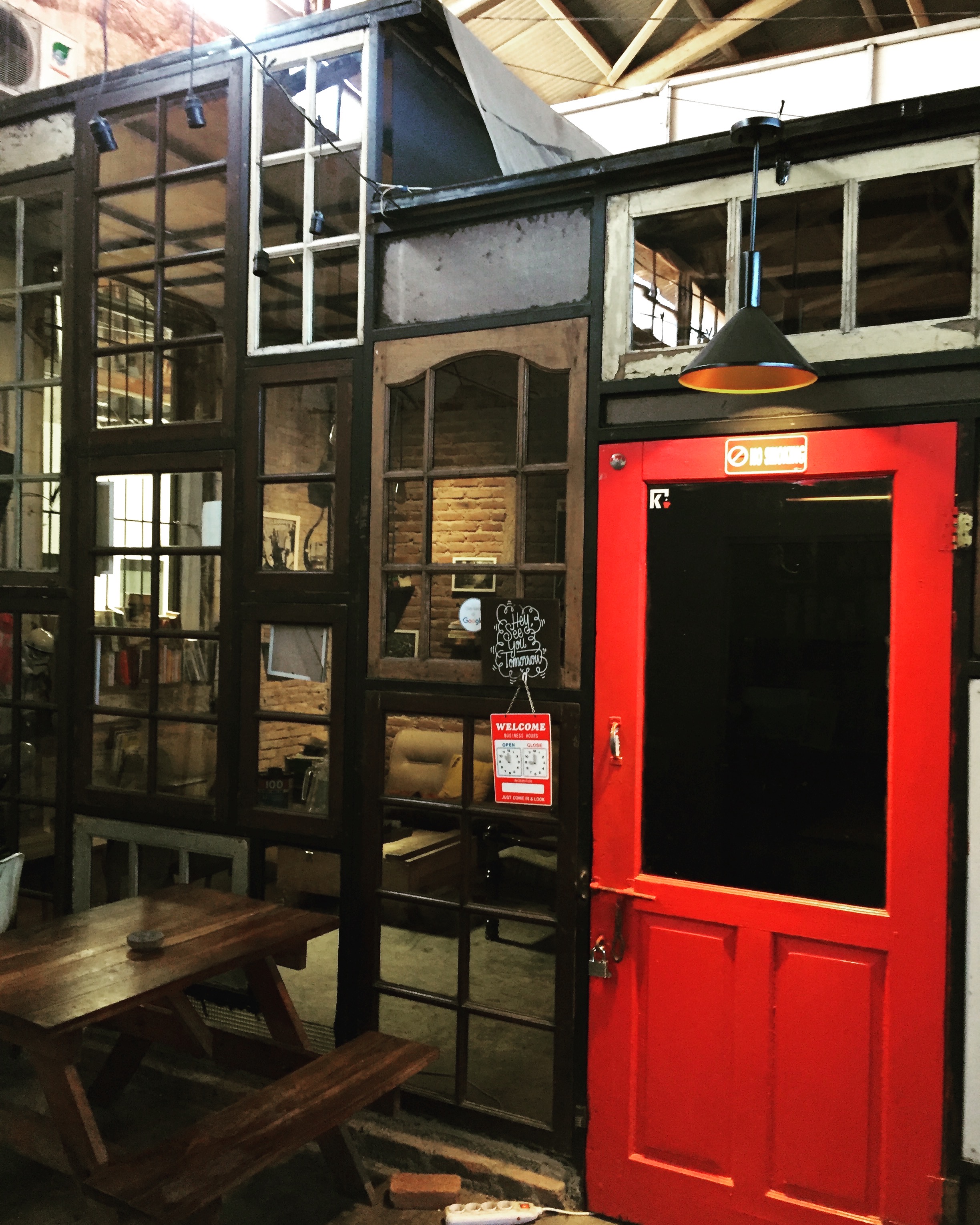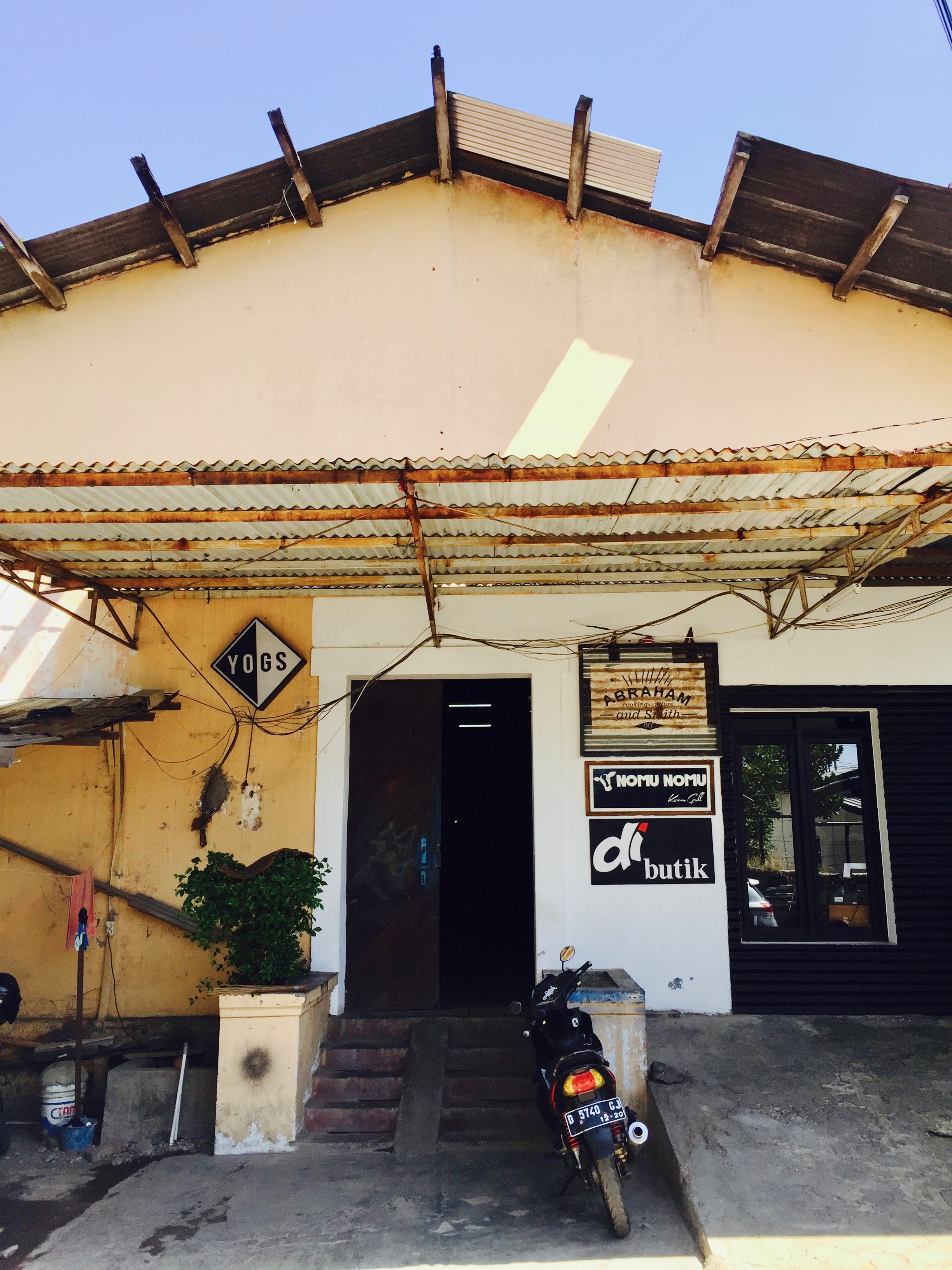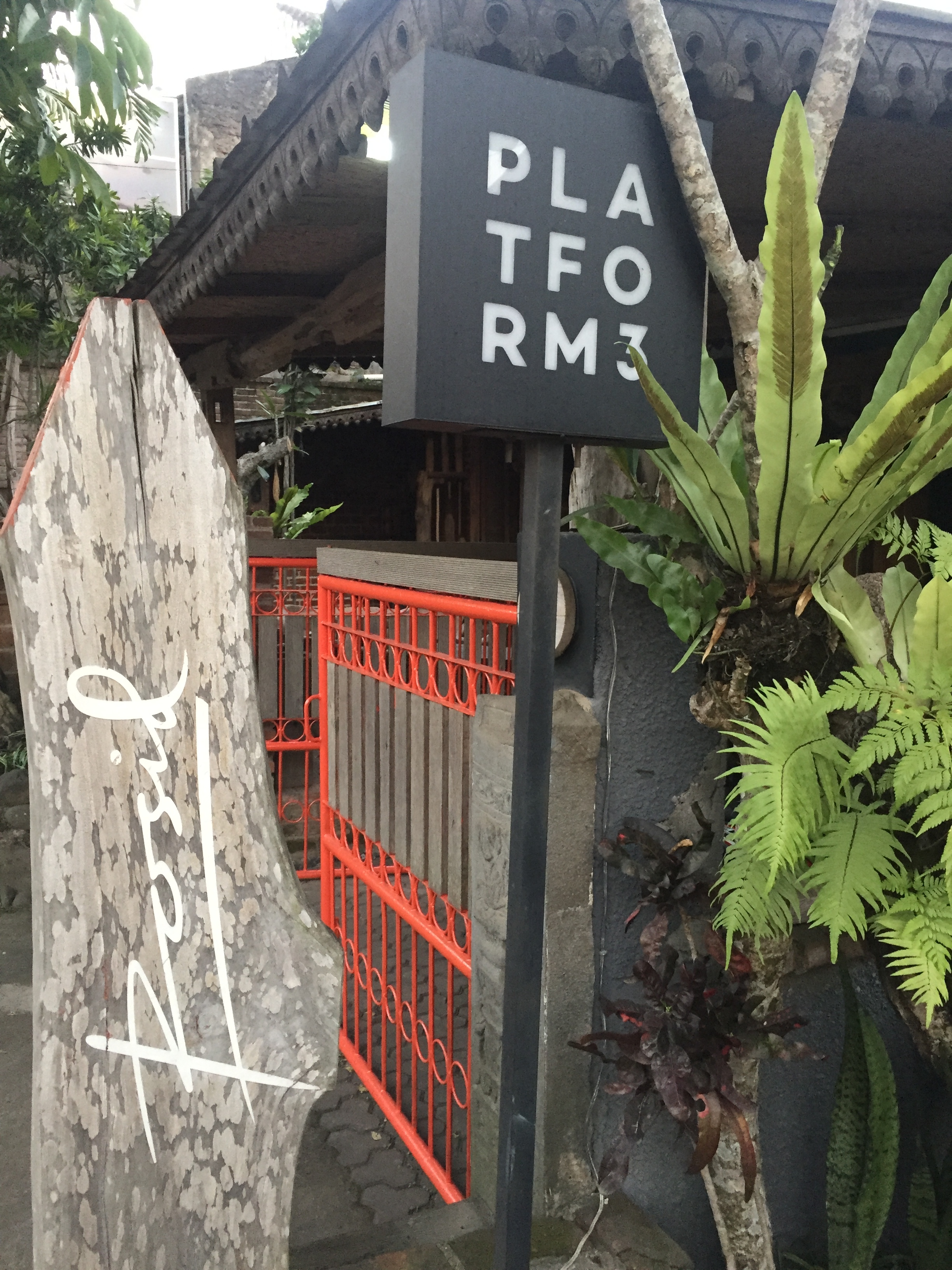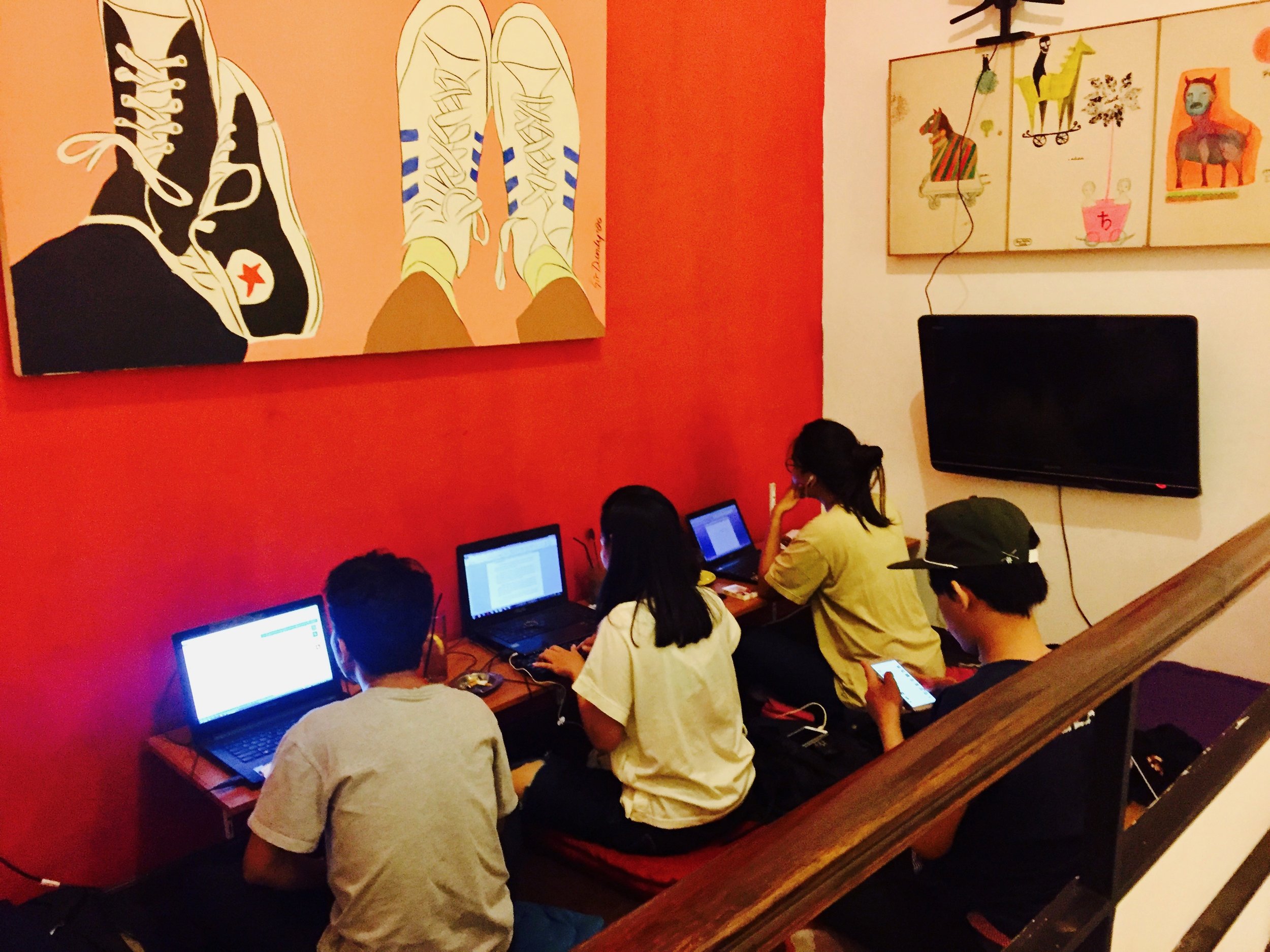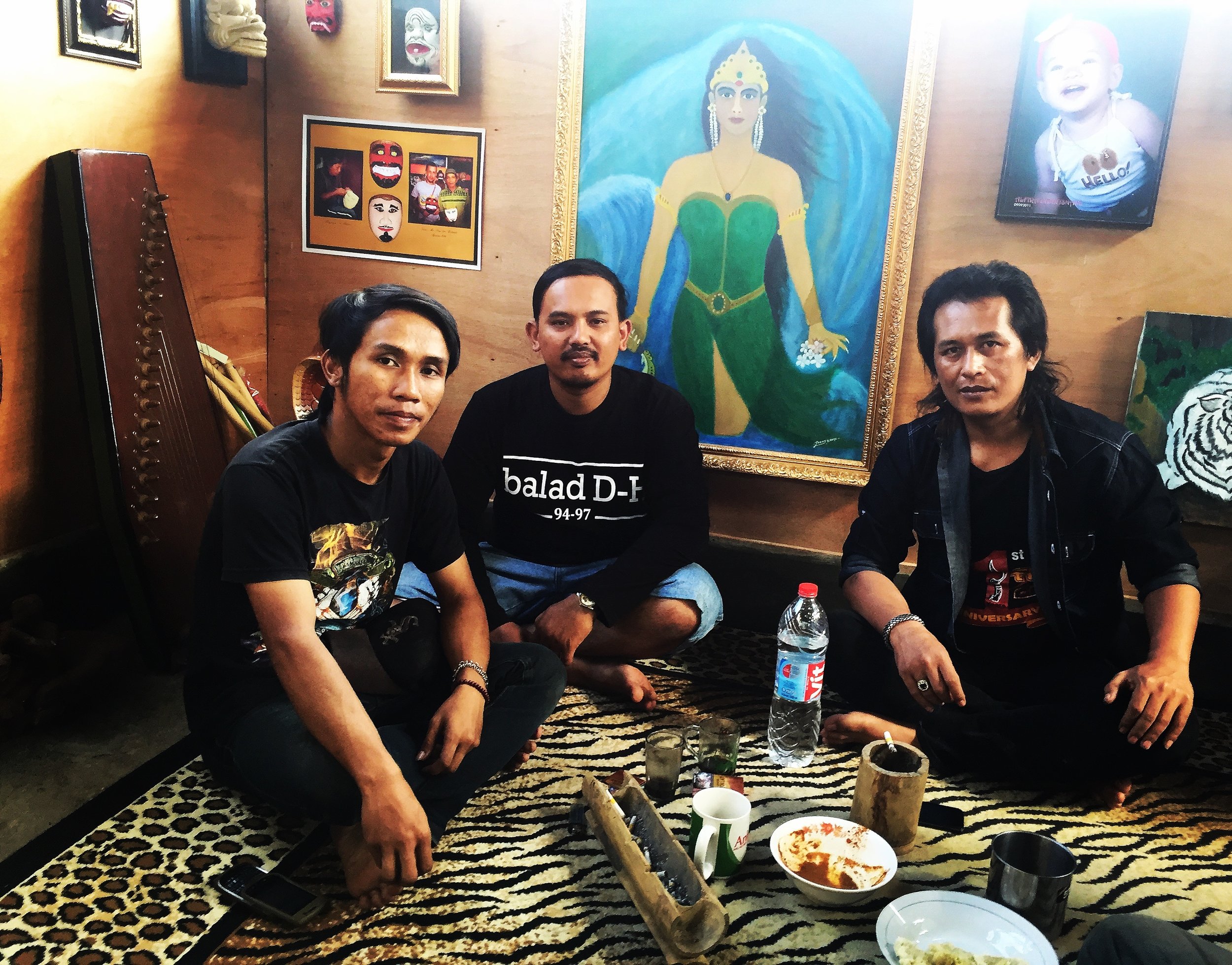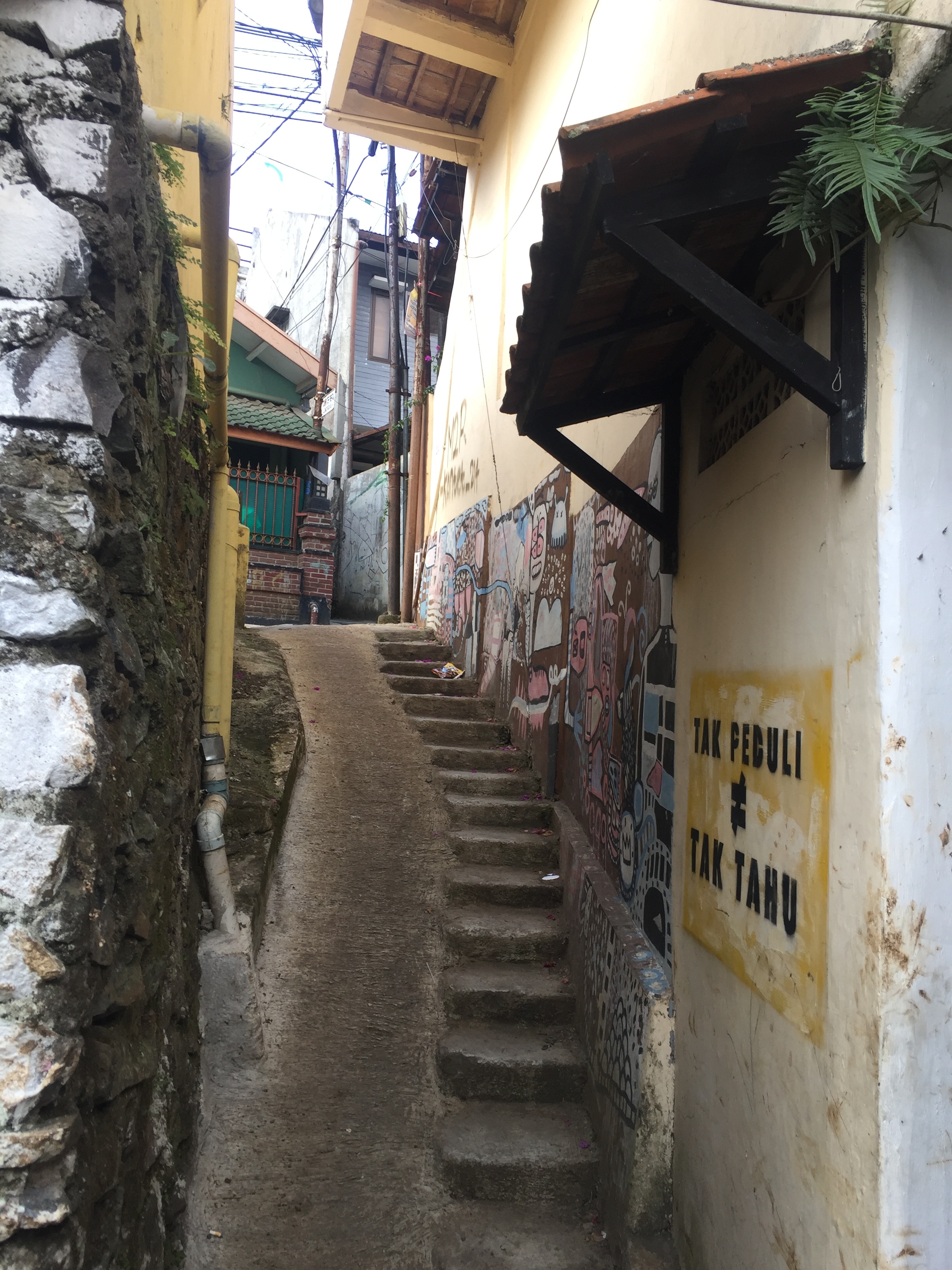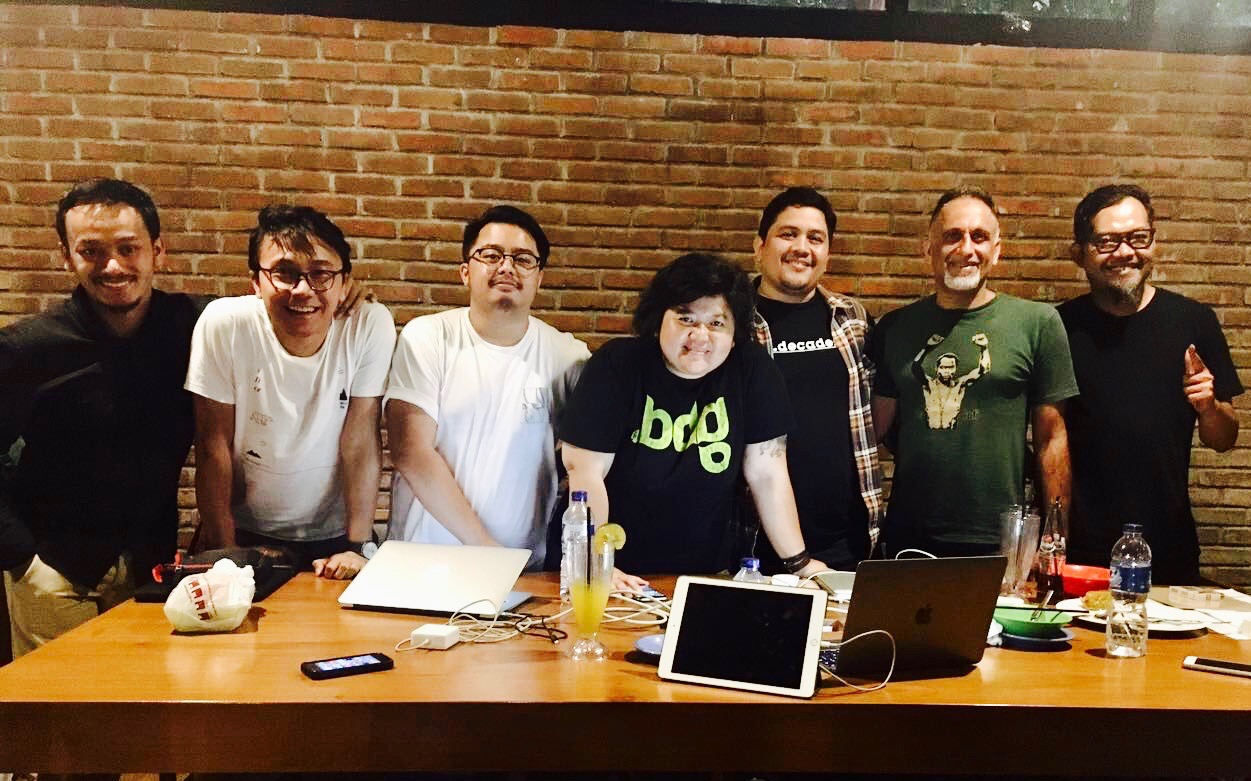The Bandung Creative City Experiment
Bandung is a rare Asian city in the global south in its implementing of a creative city program.
It is the only one of the four cities of the South East Asian Creative City Network which can claim legitimately to have made a leap from a branding exercise (or projects at the fringes), into a working creative city example at city scale. It is therefore a place worth exploring. In this piece, after a short description of Bandung, we will meet the Bandung Creative City Forum and recognise its role in the development of a creative city programme in the local municipality. Then we will look at some successes and challenges of the project.
Bandung
With almost 8,5 million inhabitants, Bandung is Indonesia's second largest metropolitan area and its third most populous city with over 2.6 million people (2015). It gained prominence in the colonial period as a preferred city by the Dutch, because of its higher altitudes and cooler temperatures. The Dutch turned it into a resort city with luxury hotels, boutiques, restaurants, cafes and capitalised on its position along a river basin, and as a result it was nicknamed the Paris of Java. Its temperate weather still makes it a preferred weekend get away for many Indonesians. The Dutch left a strong built environment legacy with many important buildings including a large stock of tropical art deco buildings (called the New Indies Style) such as the spectacular Gedun Sate. But the city was highly segregated and indigenous people were not allowed in it except as workers, with the large Chinese population serving as a buffer community. Today it is an integrated and young city with 60% under 40 years old. With its large population of students, it has a very youthful energy.
It is a significant educational city in the country, with over 12 important universities and numerous other colleges. The Bandung Institute of Technology is its leading educational body established in 1920 and has highly respected faculties in arts and design.
Nearby Jakarta, with its bigger population and capital status ensures that city's role as a commercial center, but Bandung is the edgier space where a significant part of innovation and making happens. Part of Bandung's charm is its many "down low" cultural spaces. One does not often expect some of the creative spaces behind the facades - like a vibrant hive of creative businesses and eateries inside a dilapidated old Armory rented from the army or a gallery entrance tucked next to side of a mosque.
The influence of the Institute's design faculty, its many high level educational bodies, the growth of the design sector in the city and the growing links of the sector to the city's garment manufacturing sector all played a significant part in why Bandung has become a Unesco City of Design (part of its creative cities program). But its not the only reason. The biggest part was proactive citizen action - most especially citizens from the creative and cultural sector.
The Bandung Creative City Forum
Bandung is a relatively wealthy city in Indonesia and has a growing middle class. It is from this middle class that majority of the 50 founding members of the Bandung Creative City Forum (BCCF) emanated. All were members of creative organisations and businesses who were concerned with the state of Bandung in 2008. The city had begun to feel like a negative environment to be in, socially, economically and environmentally and so the group, with a high level of positivity and a program designed around fostering creativity began to change it. Through over 250 projects they invited other citizens from diverse communities to join them in creative interventions to make changes.
They made a significant effort to work with actors who bridged the private, non profits and community based sectors of the city. Using the notion of urban acupuncture, they developed a set of projects such as a canopy walk in the Babakan Siliwangi Forest then under threat from a housing project, The project resulted in the forest being protected and the designed canopy walk allows citizens to enjoy the natural environment. A creative entrepreneur network helped promote co-working spaces and other projects to boost the creative economy. One of its four main projects was Helarfest an annual event featuring some 30 projects across the city that spanned a range of arts and design disciplines as well as traditional rituals and performances. Innovative urban gaming formed a bit part of the groups strategies, emphasizing play and fun connected to more serious issues.
A key project was the creation of two Simpul Spaces (Nodal Spaces) where the creative community and residents interested in creativity and change could gather, hear talks, develop their crafts, be inspired and market their creative goods. These are important new public spaces in the city which also create an important small eventing environment for those who wish to organise their own initiatives. In this way important new cultural space is created.
The Creative City PROJECT Adopted by the Municipality
The BCCF projects had a big impact on the psyche of the city and was central to getting the Forums first chairperson, Ridwan Kamil, a highly regarded architect and urban designer in his own right, elected to Mayor of the Bandung in 2013, a position he still holds. This means that the Creative City program has shifted from being a totally independent citizen driven project to one that is now also part of the municipalities programs. This gives it significant status, access to resources and an opportunity to influence a range of municipal services,
A new park developed by the municipality
An architects representation of the new design centre
Because of the city's challenging traffic problem and its lack of public space, much of Kamil's work in seeding the creative city programme has been focused on issues of mobility (better pavements, car free days), as well as on building new parks, which have resulted in important new leisure spaces for citizens. These have continued the work of BCCF's urban acupuncture initiatives. Also included is a series of "Creative Kampung" projects launched in poorer communities, These have led to creative initiatives and events taking place regularly with programs especially for youth. In addition there has been a focus made on improving the economic potential of certain manufacturing nodes in the city, linking them to design innovation. As a commitment to becoming one of two design cities in the South East Asia region (together with Singapore) and to improve its potential to function as such, a Design Centre, modelled on Thailand's Creative and Design Centre, will open later this year. At a cost of around $3.6 Million it will have a maker space, studios (for fashion, ICT, media, music, and ceramics), a design museum and art gallery, a design/art library, co working spaces, a cinema, classrooms, café and design store.
Broader Influences and Impact
Openness in local government to creative ways of making changes has also paved the way for new public private partnerships with other parts of the state. A number of under-utilised government owned spaces, often at the edges of its properties, are being targeted by creative businesses for life style centers and co-working spaces. Other than the Armory mentioned above, an innovative life style center with cafes, shops and indoor sports facilities has opened next to, and in an innovative partnership with, the city's water works. These create dynamic spaces for young, often middle class, people, many of them part of a "creative class", to congregate, be inspired or creative, consume or produce.
Its been some years since the initial group started and a number of younger creatives have entered the fold of the BCCF. They follow on the successes by the older generation who have been able to grow their creative businesses, increase their footprint, and sharpen their crafts. As the older generation settles into their higher growth phase, young creatives are starting to fill the role of new organisers. The planned Bandung design week is already underway and it is driven by many of the emerging designers working closely with the BCCF and its dynamic General Secretary Tita Larasati, a lecturer in the design faculty and a designer in her own right.
Clearly BCCF has shifted the dynamics in the city. Its incredible positive energy has impacted on the initial changes in the city. The deployment of its first leader into the municipality has been a game changer in a short period. It has also made other cities envious of Bandung becoming an officially recognised Unesco Creative City of Design, and many have begun to explore a new national state interest in creative economy models as a way to also raise their prominence.
Some questions
The future however is a little hazy for the creative city program currently. In 2018 Mayor Kamil is stepping down as Mayor and standing for Governor of the region, while the current BCCF chair, Fikri Satari, stands for Mayor. Kamil's key rationale for potentially shifting positions after a term in office, is the result of the challenge he has had in making changes that often require the greater political power of regional government. The risks are of course huge if this optimistic gamble does not play out, potentially loosing BCCF's position in either one or both political races. It takes a while to change slow moving government and though Kamil has made some important changes, it is clear that there is a lot more needed to be done at changing the complex bureaucracy of the city. Moreover since Kamil is an independent, he is dependent on other parties for coalitions, and so far his big supporters have been political groups that are strongly Muslim and to the right of centre. This may bring its own challenges. Kamil is however an optimistic and driven leader, who has within a very short time made an incredible leap from architect to mayor, and so Bandung post 2018 is worth keeping an eye on.
Bandung, like national government is enamored with the idea of the creative economy as a cultural policy instrument, influenced strongly by the British Council. In Bandung this has seen a collapsing of ideas around the creative economy with the creative city concept. This is not an unusual coupling as it has happened in numerous other places. Here, as elsewhere, the challenge of mixing the concepts belies the tensions inherent in the two. A strongly economy driven approach needs to recognise that creative economy strategies tend to impact most positively at a middle class level and the judgement is out on whether there are impacts on job creation more broadly. In a country where the inequity is rising - seen with the gap between the middle class and working class steadily growing, and where there are significant social challenges needing to be addressed, it is important to be wary of new cultural policy shifts as panaceas, without looking at all of its unintended impacts. There have been others raising concerns here, but it’s the dearth of scholarship in the Global South in this area that is of concern. The creative economy concept in Indonesia and the rest of SE Asia is still being justified around theories like Florida's Creative Class, a notion which many scholars have debunked especially for the points mentioned above, and Florida himself has backed away from many of his initial claims. The paucity of local scholarship that moves beyond the hype is still very apparent in the region. Without it, and more rigorous considerations around policy, goal setting and evaluatory mechanisms, it will be hard to truly to assess the efficacy or downsides of the model being attempted by Bandung.
The author with members of BCCF and some young designers with Tita Larasati, General Secretary center.
Conclusion
Critiques aside, Bandung is an inspiring city for its unprecedented SE Asian experiments in citizen led actions for social change using creativity. The creatives in the city and those associated with BCCF are a dynamic, positive and optimistic bunch. Indonesia has many who bring a strong element of critical engagement on societal issues and its probable that the challenges above will find locally relevant solutions. In the meantime, it is exciting to observe what has happened in a short time and see the potential of small groups making big changes by engaging at city scale with culture as a developmental tool.
Next week we take a slight detour while in Bandung to consider its influence in thinking around the global south as a concept: we look at the historic conference of leaders from African and Asian countries who met in the city in 1955 and developed the important Bandung Declaration.

